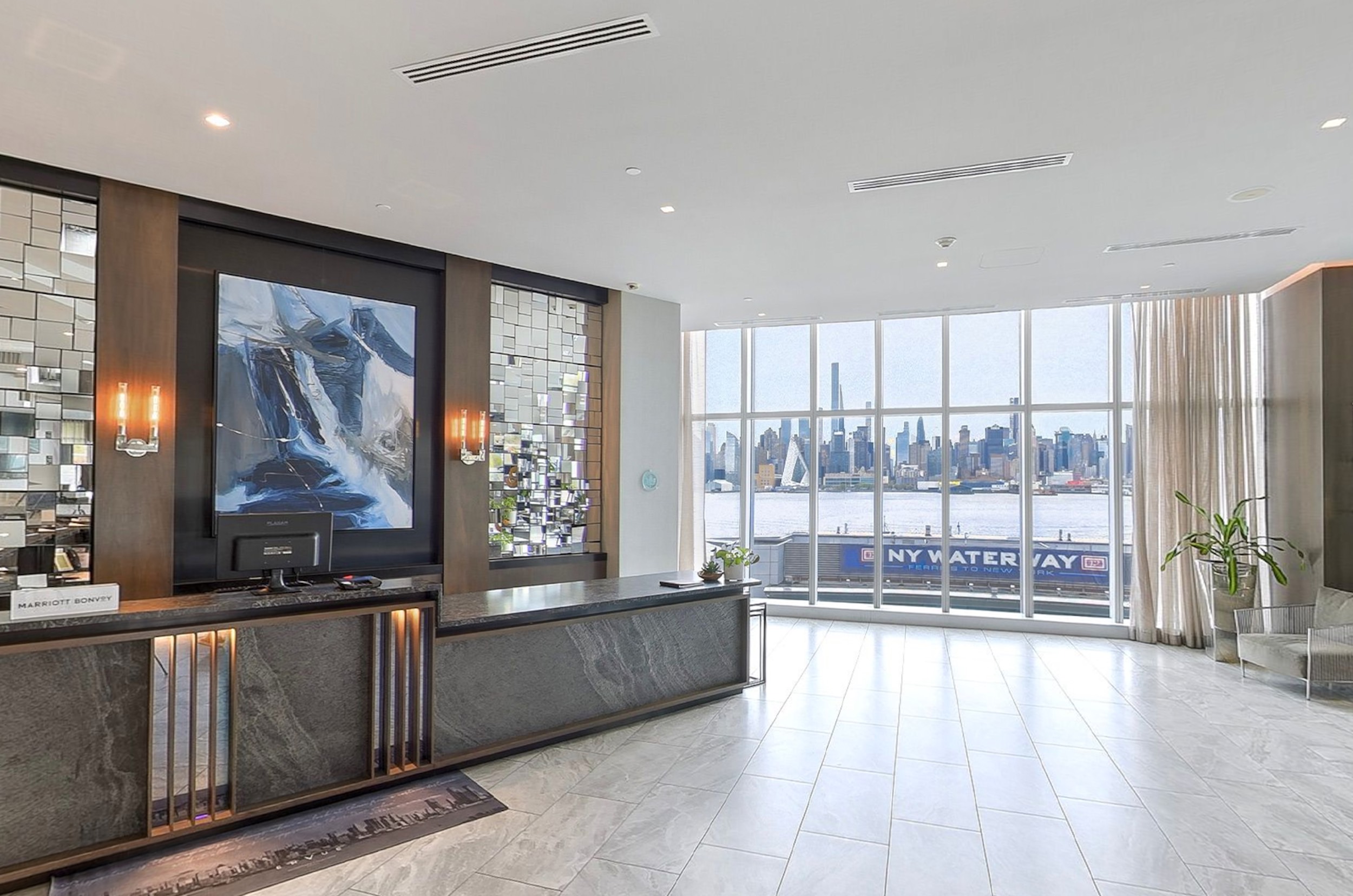Museums, repositories of history and culture, are facing a new challenge: reaching a wider audience in an increasingly digital world. While the tangible experience of visiting a museum remains invaluable, the limitations of physical location, accessibility, and cost restrict many from experiencing these treasures firsthand.
This is where 360 virtual tours step in, offering a revolutionary way for unique museums to showcase their collections and engage a global audience. These tours provide an immersive experience, allowing viewers to explore exhibits from the comfort of their homes, transcending geographical barriers and enriching the appreciation of history and culture.
For museums specializing in unique or niche collections, 360° virtual tours are particularly transformative. Consider a small, specialized museum located in a remote area, showcasing a unique collection of ancient artifacts or local history.
A traditional approach to outreach would be severely limited. However, a high-quality 360° virtual tour can transport viewers directly to the museum’s halls, allowing them to explore exhibits at their own pace. They can examine artifacts in detail, read informative captions, and even “walk” through the museum’s galleries, experiencing the atmosphere and ambiance as if they were physically present.The benefits extend beyond geographical limitations.
Museums with fragile or sensitive artifacts can use virtual tours to offer access without risking damage. Visitors can zoom in on delicate details, examine intricate carvings, or explore ancient texts without the risk of physical contact. This is especially crucial for museums housing irreplaceable historical pieces.
Furthermore, 360° tours offer a cost-effective solution for outreach. The initial investment in creating the tour is significantly less than the cost of extensive marketing campaigns or physical renovations. Once created, the tour can be easily shared online, reaching a global audience through the museum’s website, social media platforms, and educational resources.
This allows museums to connect with potential visitors who might otherwise never have the opportunity to visit.Interactive elements, such as hotspots providing detailed information about exhibits or historical context, can further enhance the learning experience.
These tours can be designed to cater to different audiences, offering tailored information for children, students, or specialists. They can also be incorporated into educational programs, providing a valuable resource for remote learning and supplementing classroom instruction.
Conclusion
In conclusion, 360° virtual tours are a powerful tool for museums, particularly those with unique or niche collections, to enhance accessibility, broaden reach, and enrich the visitor experience. By overcoming the limitations of physical space and cost, these tours allow museums to connect with a global audience, fostering a deeper appreciation for history and culture.
They offer a sustainable and cost-effective solution for outreach, ensuring that the treasures within museum walls are accessible to all, regardless of location or circumstance. The future of museum engagement lies in embracing innovative technologies like 360° virtual tours, making the past accessible to everyone, everywhere.







